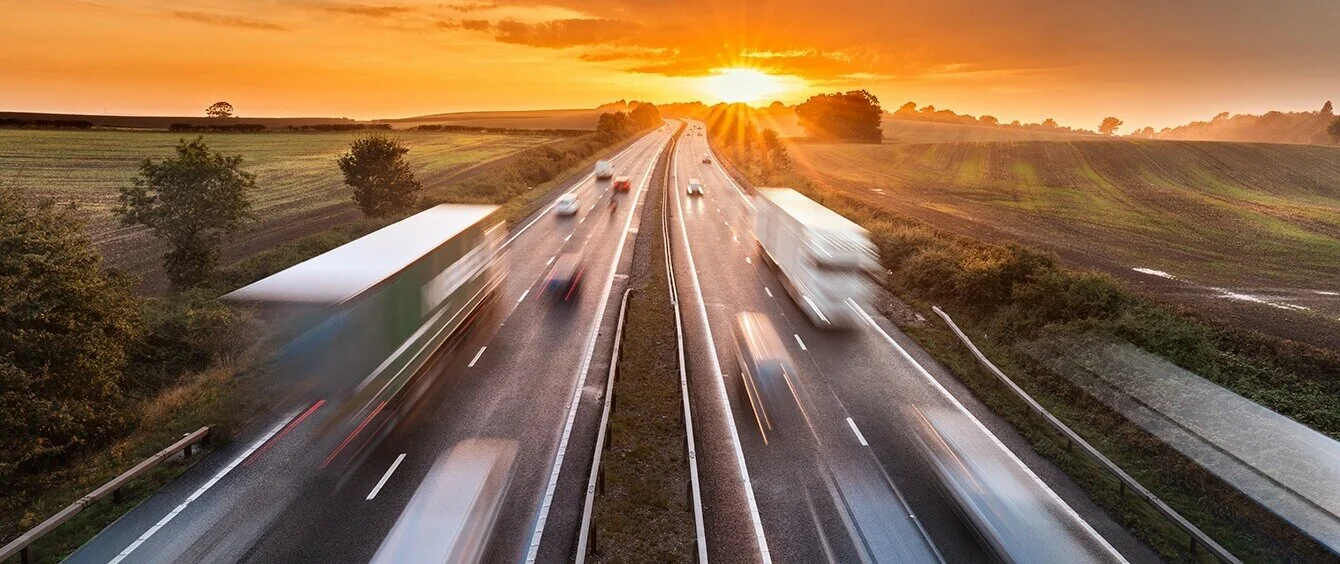Energy consumption is increasing around the world. And, as a consequence, carbon emissions are also on the rise. Most recently, emissions have also been higher in Germany, even though coal accounted for a smaller share of the electricity mix.
Germany needs energy. In 2017, the country’s hunger for energy actually increased. The Working Group on Energy Balances (AGEB) registered a rise of 0.8 per cent in consumption. According to AGEB, the main reasons for this were the robust economic growth in general, along with the strong rise in manufacturing in particular, as well as an increase in population figures (which was, however, smaller than the year before).
Global growth in energy demand
These developments in Germany were in line with the global trend. In 2017, the Paris-based International Energy Agency (IEA) recorded an increase of 2.1 per cent in global energy demand. Again, the main reason was economic growth. According to the IEA, another consequence of the booming economic conditions is that carbon emissions also increased for the first time in three years.
Germany was no exception in this regard either. Even though the ratio of renewables to overall power production rose by a hefty 15 per cent. And even though the share of coal in electricity generation declined, with hard coal falling by 17.5 per cent and lignite by 1.4 per cent. And despite the specific carbon emissions of electricity generation plants for basic supply falling by 7.5 per cent in 2017 compared to the previous year, precisely because renewables generated more power, higher utilisation levels were recorded for gas-fired power plants, and generation from hard coal-fired stations declined.
Oil as Germany’s most important source of energy
How can that be? AGEB has the answer: “Although emissions in the energy sector declined for the fourth year in a row, the final energy sectors – in particular the transport sector – are lagging far behind the targets.”
It thus comes as no surprise that oil is by far the most important primary energy source in Germany, accounting for 35 per cent, followed by natural gas, which saw its share rise to 24 per cent. AGEB sees a “considerable need for action” not only in the transport sector, but also in the building sector. So far, no downtrend in emissions has been seen in either of these two branches of industry. In its report, the IEA also notes that “improvements in global energy efficiency” have slowed down dramatically.
Germany’s Federal Ministry of the Environment: declining CO2 emissions in the energy sector
The findings of these studies are backed up by the latest data released by the Federal Ministry of the Environment: in 2017, carbon emissions from the transport sector rose by 3.8 million tonnes, up 2.3 per cent on the previous year. Again, this development reflects economic growth: more and more vehicles are on the road in Germany, with more and more lorries transporting more and more goods.
If we want to reduce carbon dioxide emissions for good, we have to look at energy as a whole, taking into account all sectors. Alexander Nolden, Head of Energy Policy at RWE
In contrast to the IEA, however, the ministry sees a small overall decline of 0.1 per cent in Germany’s carbon dioxide emissions. A strong decline was registered in the energy sector, whereas emissions from transport and industry increased. As Environment Minister Svenja Schulze (SPD) said, “Great progress has been made in expanding generation from renewables, but developments in the transport sector are still heading in the wrong direction.” Schulze’s summary of the situation: “We need a radical change in the transport sector in the interests of climate protection and clean air.”
As Alexander Nolden, Head of Energy Policy at RWE, explained, “All of this underlines that it is crucial not to focus exclusively on electricity production and on lignite in particular when talking about climate protection. If we want to reduce carbon dioxide emissions for good, we have to look at energy as a whole, taking into account all sectors.” The emissions reduction path for lignite is well-known: by 2030, RWE will have cut back its carbon emissions by 40 to 50 per cent.
Photo credits: EddieCloud, shutterstock.com
